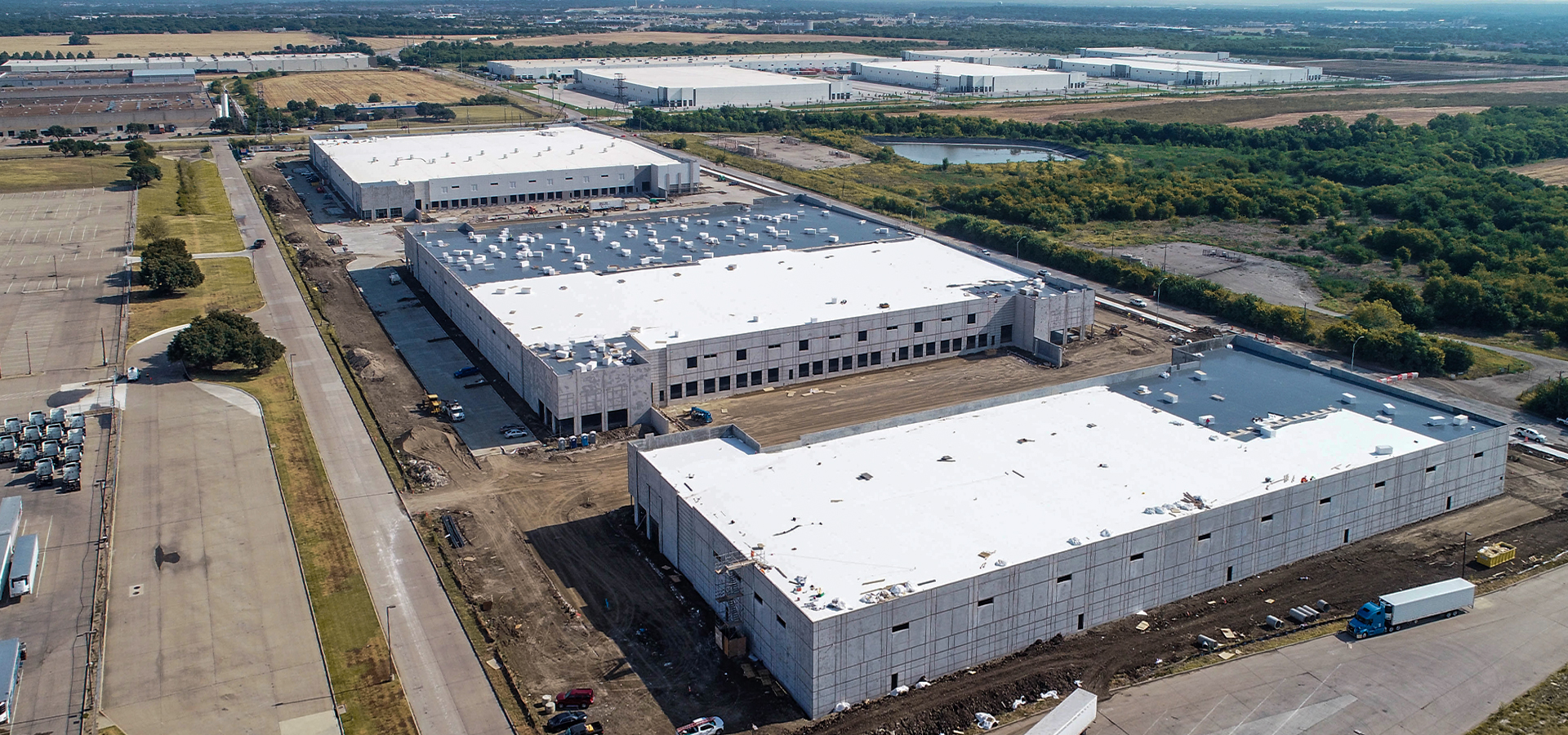In just eight short months, the commercial construction market has seen a drop in material and labor costs from a near record high to a decrease of up to 15% in some cases. Why is this happening?
As soon as COVID-19 hit and state and local jurisdictions outlined their restrictions (i.e. essential workers, stay-at-home orders, social distancing), the flow of new commercial deals was drastically reduced. While many opportunities in the office, hospitality, retail, and entertainment sectors were put on hold or cancelled, the industrial sector has shown positive signs of stability and growth in most regions. The industrial market has managed to avoid deal flow lag thanks to factors such as increased online shopping, a spike in do-it-yourself home improvement, and heightened demand from big box retailers, as well as a general trend towards US–based manufacturing. These factors have not only helped sustain the industrial market, but early indications suggest an acceleration in the industrial distribution trends and growing demand we were experiencing prior to the pandemic.
So how does this affect pricing? Many subcontractors are currently working off the backlog of projects awarded pre–COVID-19 and with these projects nearing completion they are pushing to secure work. With fewer opportunities, they face greater competition and as a result we are receiving approximately double the number of subcontractor bid responses we were accustomed to prior to COVID-19. In addition, we will likely see an increase in the availability of labor in the upcoming months which may lead to more reduced labor cost.
The subcontractor community shares our optimism of a bounce back following the elections in November. Election results, one way or the other, provide clarity to the current and future state of the construction market and the economy as a whole. Knowing what we can expect in the next four years is good for the economy to overcome the 2020 dip and start the gradual climb back up.
No one has a crystal ball, but the current market environment has translated to reduced pricing for the near-term. Specifically, when it comes to budget pricing and hard bidding projects, we have seen a range of a 5-10% drop in hard bid numbers vs. budget pricing, with hard bids enjoying the advantage of near-term, committed starts.
At Cadence McShane, we are closely monitoring this situation and continue offering our clients guidance, as we have throughout our extensive history. We are watching new developments in commodity pricing and labor, and analyzing their implications to project costs and viability. When we are engaged early in preconstruction, we can evaluate multiple product types, construction methods, materials selection, and schedule implications for each to combine the benefits of costs and schedule. This process enables the development team to consider the right course for site/space usage, construction costs, and delivery to market.
